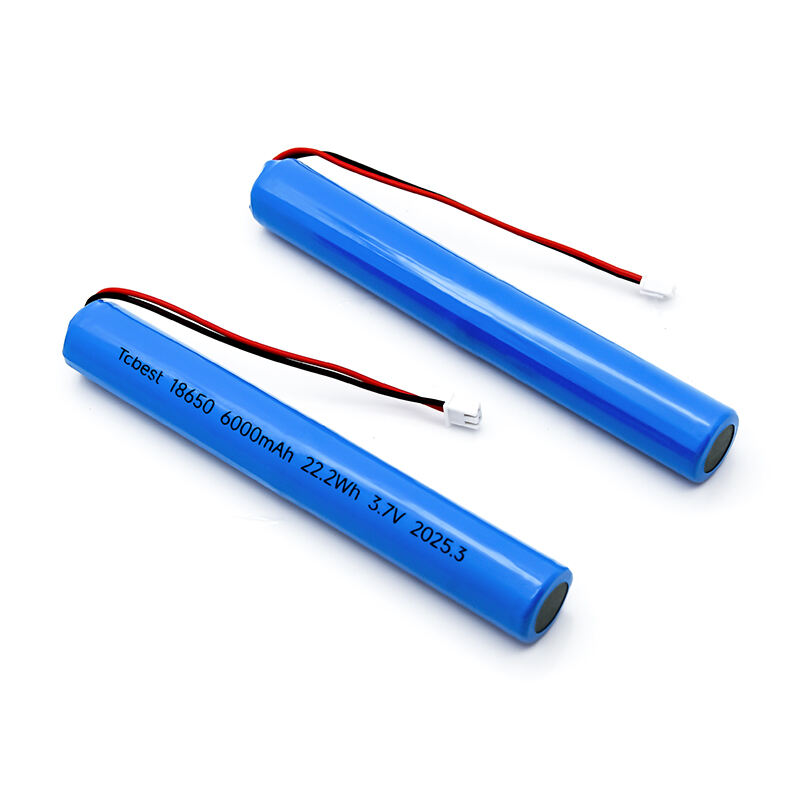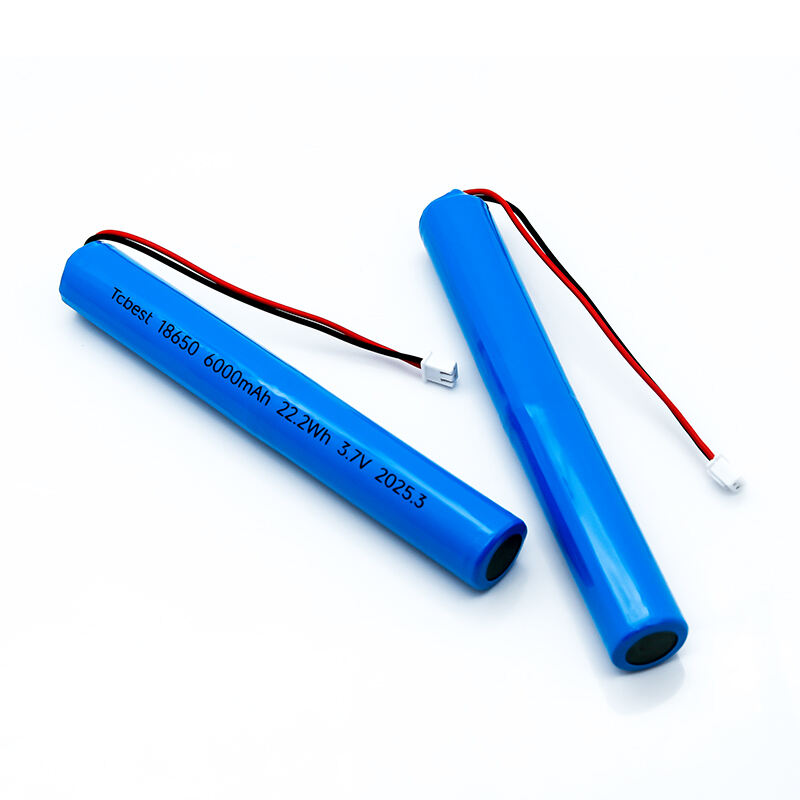Understanding Battery Pack Longevity and Performance
The longevity of your battery pack plays a crucial role in maintaining optimal device performance and reducing long-term costs. Whether you're using a battery pack for your smartphone, laptop, electric vehicle, or industrial equipment, implementing proper care and maintenance strategies can significantly extend its useful life. By understanding the factors that influence battery pack lifespan and following best practices, you can ensure your power source remains reliable and efficient for years to come.

Essential Factors Affecting Battery Pack Duration
Temperature Management and Storage Conditions
One of the most critical factors influencing battery pack lifespan is temperature control. Extreme temperatures, both hot and cold, can severely impact battery performance and accelerate degradation. Storing and operating your battery pack in temperatures between 20-25°C (68-77°F) provides optimal conditions for longevity. High temperatures can cause internal components to break down faster, while extremely cold conditions reduce charge capacity and overall efficiency.
Proper storage conditions extend beyond temperature control. Keep your battery pack in a dry environment with moderate humidity levels. Avoid exposing the battery to direct sunlight or placing it near heat sources. For long-term storage, maintain a charge level between 40% and 60% to prevent capacity loss and chemical degradation.
Charging Patterns and Habits
The way you charge your battery pack significantly impacts its lifespan. Frequent shallow discharges followed by recharges are generally better than deep discharges. While modern batteries don't suffer from the memory effect that plagued older technologies, consistently draining your battery to zero can still cause stress and reduce its overall lifespan.
Implement a charging routine that maintains the battery level between 20% and 80% for daily use. This range minimizes stress on the cells while ensuring practical usability. When charging, use the manufacturer-recommended charger and avoid using counterfeit or incompatible charging equipment that could damage the battery pack's internal circuitry.
Advanced Maintenance Techniques
Regular Performance Monitoring
Keeping track of your battery pack's performance helps identify potential issues before they become serious problems. Monitor charging times, discharge rates, and overall capacity retention. Many modern devices include built-in battery health monitoring tools, but you can also use third-party applications to track these metrics more comprehensively.
Document any unusual behavior or sudden changes in performance. If you notice the battery draining faster than usual or taking longer to charge, these could be early warning signs of degradation. Regular monitoring allows you to adjust usage patterns and implement preventive measures before significant capacity loss occurs.
Professional Maintenance Schedule
Establishing a professional maintenance schedule ensures your battery pack receives expert attention when needed. Schedule periodic inspections with qualified technicians who can assess the battery's condition, clean connections, and perform necessary calibrations. Professional maintenance can identify potential issues that might not be apparent during regular use.
During maintenance sessions, technicians can also verify the battery management system's functionality and update any firmware if required. This systematic approach to maintenance helps optimize performance and extend the battery pack lifespan through early detection and prevention of common issues.
Optimizing Daily Usage Patterns
Load Management Strategies
Managing the load placed on your battery pack helps prevent unnecessary strain and extends its useful life. Avoid running multiple high-drain applications simultaneously when possible. For device-specific battery packs, close unnecessary background applications and optimize system settings to reduce power consumption.
Consider implementing a load-sharing approach for systems with multiple battery packs. This strategy distributes power demands more evenly across available units, preventing any single battery pack from experiencing excessive stress. Regular rotation of battery packs in multi-unit systems also ensures more uniform wear patterns.
Environmental Adaptations
Adapting to environmental conditions helps maintain optimal battery pack performance. In hot climates, provide additional cooling measures such as improved ventilation or dedicated cooling systems. For cold environments, consider insulation solutions that help maintain stable operating temperatures.
Weather-specific adjustments to charging and usage patterns may also be necessary. During extreme weather conditions, allow for longer charging times and expect some variation in performance. Planning for environmental challenges helps prevent unexpected issues and extends battery pack lifespan.
Future-Proofing Your Battery Investment
Upgrade Considerations
Stay informed about technological advancements in battery technology and management systems. When considering upgrades, evaluate the cost-benefit ratio of new features against your current needs. Some modern battery packs offer enhanced monitoring capabilities, improved thermal management, and better longevity.
Consider implementing smart charging systems that automatically optimize charging patterns based on usage data and environmental conditions. These systems can significantly improve battery pack lifespan by maintaining ideal charging conditions and preventing common causes of premature degradation.
Sustainability Practices
Adopt sustainable practices in battery pack management to minimize environmental impact while maximizing lifespan. Proper recycling of old or damaged battery packs ensures hazardous materials are handled safely. Many manufacturers offer recycling programs that help dispose of batteries responsibly while recovering valuable materials.
Consider the environmental conditions of your facility or usage area when implementing battery management strategies. Sustainable practices often align with optimal battery care, creating a win-win situation for both operational efficiency and environmental responsibility.
Frequently Asked Questions
How often should I fully charge my battery pack?
While occasional full charges are beneficial for calibration purposes, daily charging should maintain levels between 20% and 80%. Perform a full charge cycle once every 1-2 months to help the battery management system maintain accurate capacity readings.
What signs indicate my battery pack needs replacement?
Look for significant capacity reduction (holding less than 80% of original capacity), unusual swelling, excessive heat during charging, or drastically reduced operating times. If you notice any of these signs, consult a professional for evaluation.
Can I use my device while charging the battery pack?
While possible, using your device during charging generates additional heat and can stress the battery. For optimal battery pack lifespan, allow the device to charge without use when practical, especially during rapid charging cycles.
What temperature range is safe for battery storage?
The ideal storage temperature range is between 20-25°C (68-77°F). Avoid exposing battery packs to temperatures below 0°C (32°F) or above 45°C (113°F) for extended periods to prevent permanent damage and capacity loss.

